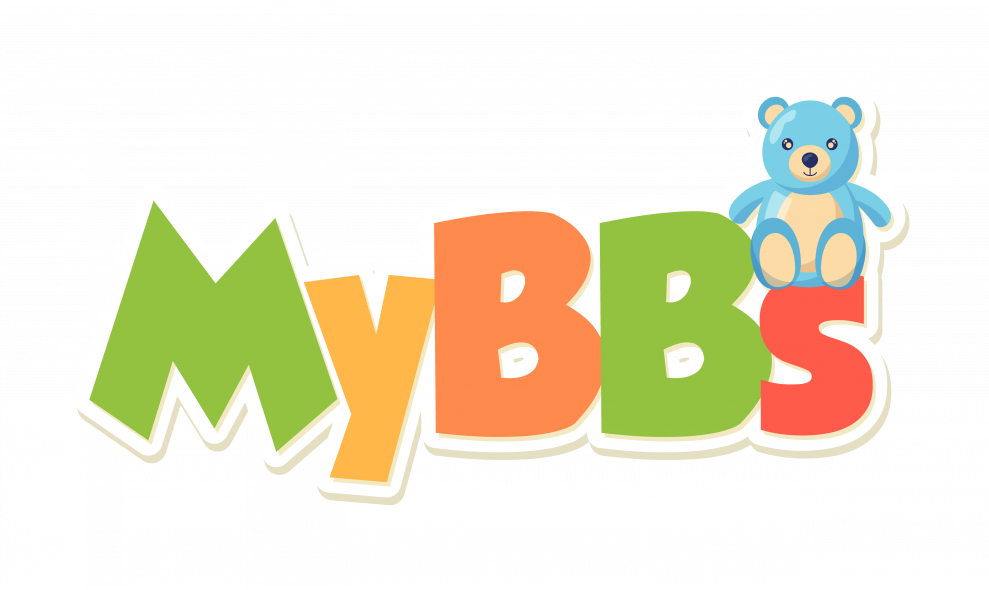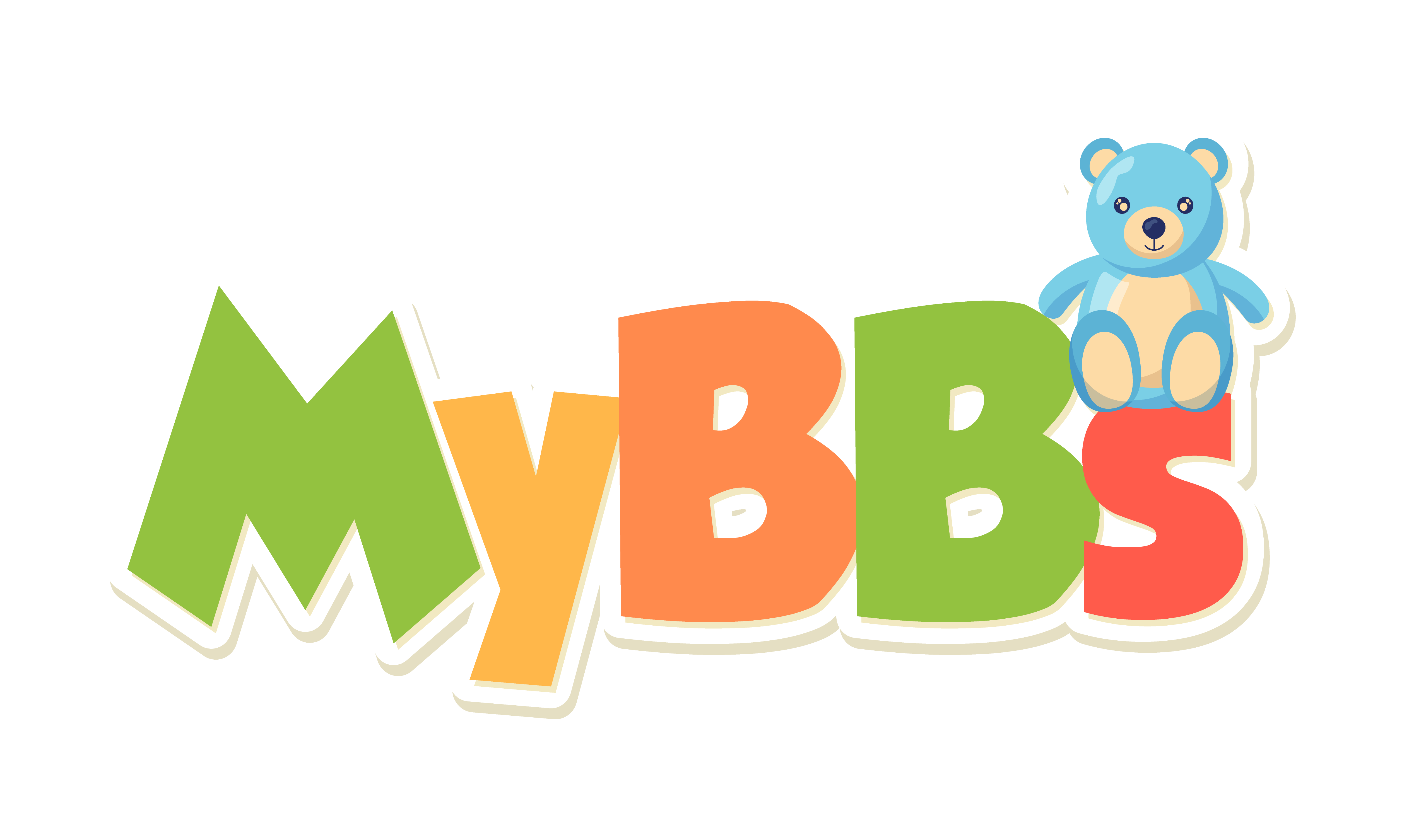Welcome to the fascinating world of Ty Beanie Babies! These adorable plush toys, first introduced in the mid-90s, have become a cultural phenomenon and a collector’s dream. But as with any popular collectible, counterfeits have flooded the market, making it essential for collectors to understand how to distinguish genuine Ty Beanie Babies from fakes. This article aims to provide a comprehensive guide on this topic.
From the history of Ty Beanie Babies to the anatomy of a counterfeit, we’ll delve into every aspect of these beloved toys. We’ll also explore how to spot a fake, the impact of counterfeits on the Beanie Baby market, and where to safely purchase genuine Ty Beanie Babies. So, buckle up and get ready for a deep dive into the world of Ty Beanie Babies!
History of Ty Beanie Babies
The story of Ty Beanie Babies begins with Ty Warner, an ambitious entrepreneur who launched Ty Inc. in 1986. However, it wasn’t until 1993 that the first line of Beanie Babies hit the market. These plush toys, filled with plastic pellets (or “beans”), were unique in their understuffed and flexible nature, which gave them a more realistic and “life-like” feel compared to other plush toys.
The initial release included nine Beanie Babies, and their popularity quickly soared. The combination of affordable prices, high-quality materials, and limited production runs created a frenzy among consumers. By the late 90s, Beanie Babies had become a major cultural phenomenon, with some rare models fetching thousands of dollars on the secondary market.
The Rise of Counterfeits
With the skyrocketing demand for Beanie Babies, it was only a matter of time before counterfeit versions started appearing. These fakes, often of inferior quality, began flooding the market in the late 90s. Counterfeiters targeted rare and retired Beanie Babies, hoping to cash in on the craze.
Counterfeit Beanie Babies became so prevalent that Ty Inc. began to include holographic tags on their products to help consumers distinguish genuine Beanie Babies from fakes. Despite these efforts, the counterfeit market continued to thrive, leading to confusion and frustration among collectors.
Anatomy of a Counterfeit Beanie Baby
Understanding the anatomy of a counterfeit Beanie Baby is crucial for any collector. While some fakes are easy to spot due to poor craftsmanship, others can be quite convincing. Counterfeit Beanie Babies often have discrepancies in their tags, fabric, stitching, and pellet filling.
Tags, in particular, are a common area where counterfeiters slip up. Genuine Beanie Babies have specific tag designs, fonts, and layouts that change over time. Counterfeit tags may have incorrect fonts, misspellings, or incorrect information. The holographic tags introduced by Ty Inc. are also often poorly replicated by counterfeiters.
Fabric and Stitching
The fabric and stitching of a Beanie Baby can also provide clues about its authenticity. Genuine Beanie Babies are made with high-quality materials and feature precise, consistent stitching. Counterfeit versions, on the other hand, often use cheaper fabrics and have sloppy or inconsistent stitching.
Additionally, the color of the fabric can be a giveaway. Counterfeit Beanie Babies may have colors that are either too bright or too dull compared to the genuine article. The feel of the fabric can also be different, with counterfeit versions often feeling rougher or thinner.
Pellet Filling
The pellet filling is another area where counterfeit Beanie Babies often fall short. Genuine Beanie Babies are filled with PE (polyethylene) pellets that give them their unique, flexible feel. Counterfeit versions may use different types of pellets that are either too hard or too soft, altering the feel of the toy.
Furthermore, the amount of filling can also be a clue. Counterfeit Beanie Babies often either overstuff or understuff their toys, resulting in a toy that either feels too firm or too floppy. Genuine Beanie Babies have a consistent amount of filling that gives them just the right amount of flexibility.
Spotting a Fake: Key Indicators
Now that we’ve covered the anatomy of a counterfeit Beanie Baby, let’s delve into some key indicators that can help you spot a fake. Remember, while these indicators can be helpful, they are not foolproof. Some counterfeit Beanie Babies are very well-made and can fool even experienced collectors.
One of the most reliable indicators is the tag. As mentioned earlier, counterfeit tags often have discrepancies in their design, font, and information. Additionally, the presence of a holographic tag can be a strong indicator of authenticity, as counterfeiters often struggle to replicate these accurately.
Price and Availability
Price and availability can also be key indicators of a counterfeit Beanie Baby. If a deal seems too good to be true, it probably is. Rare and retired Beanie Babies command high prices on the secondary market, so be wary of any that are being sold for significantly less than their market value.
Similarly, be cautious of sellers who have large quantities of rare or retired Beanie Babies available for sale. Genuine rare Beanie Babies are, by definition, hard to come by, so a seller with a large stock of them is a potential red flag.
Location and Seller Reputation
The location of the seller and their reputation can also provide clues about the authenticity of a Beanie Baby. Counterfeit Beanie Babies are often produced in countries with lax copyright laws, so be cautious of sellers located in these regions.
Additionally, always check the seller’s reputation before making a purchase. Sellers with a history of positive feedback and a strong track record of selling genuine Beanie Babies are generally more trustworthy. On the other hand, sellers with negative feedback or a history of selling counterfeits should be avoided.
The Impact of Counterfeits on the Beanie Baby Market
The prevalence of counterfeit Beanie Babies has had a significant impact on the Beanie Baby market. It has created uncertainty and confusion among collectors, making it harder for them to confidently purchase and trade Beanie Babies. This has, in turn, affected the overall value and demand for these toys.
Despite these challenges, the Beanie Baby market remains robust, with rare and retired models still commanding high prices. The introduction of holographic tags and other anti-counterfeit measures by Ty Inc. has also helped to restore some confidence among collectors.
Where to Purchase Genuine Ty Beanie Babies
So, where can you safely purchase genuine Ty Beanie Babies? There are several reputable sources, including the official Ty website and trusted retailers. Additionally, online marketplaces like eBay can be a good source, provided you take the time to check the seller’s reputation and the authenticity of the Beanie Baby.
One such trusted retailer is MyBeanieBabies.com, which offers a wide selection of Ty Beanie Babies for any occasion. They have a strong reputation for selling only genuine Beanie Babies and provide detailed information and photos for each product, making it easier for you to verify its authenticity.
Conclusion
In conclusion, while the prevalence of counterfeit Beanie Babies has created challenges for collectors, it’s still possible to find and purchase genuine Ty Beanie Babies. By understanding the anatomy of a counterfeit and knowing how to spot a fake, you can navigate the Beanie Baby market with confidence.
Remember, the best defense against counterfeits is knowledge. So, keep learning, stay vigilant, and happy collecting!
Ready to ensure your collection is filled with only authentic, treasured Beanie Babies? Look no further than MyBeanieBabies.com, the best place to buy toys online. Our commitment to quality and love for these timeless toys means you can shop with confidence, finding the perfect Beanie Baby, Beanie Boo, or Beanie Buddy for your child’s imagination and joy. Plus, discover our unique childcare items to give your child the best childhood possible. Checkout our plush shop now and bring home the magic of genuine Ty Beanie Babies today!

